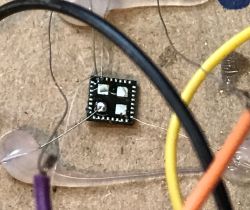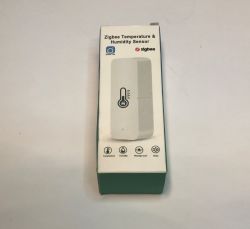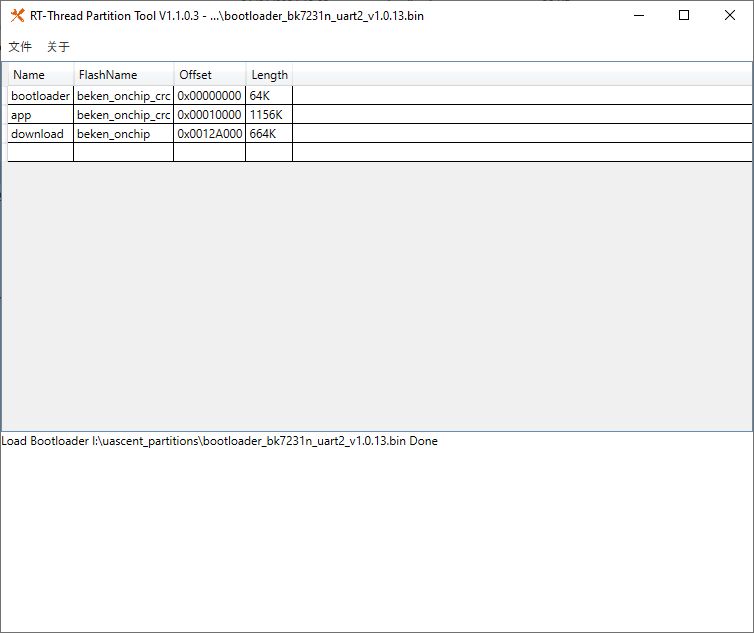With all my Tasmota devices, whenever they lose connection for whatever reason to the WiFi network, then immediately fall back to AP mode where they broadcast their own open WiFi. This is super useful as it means if you ever change your WiFi settings or move the device to another location, you can easily regain access to it to update the stored WiFi credentials. Additionally, if the "expected" WiFi SSID reappears at any point while the device has fallen back to its AP mode, it immediately rejoins.
Is there any good reason why OpenBeken doesn't behave the same way?
Is there any good reason why OpenBeken doesn't behave the same way?





